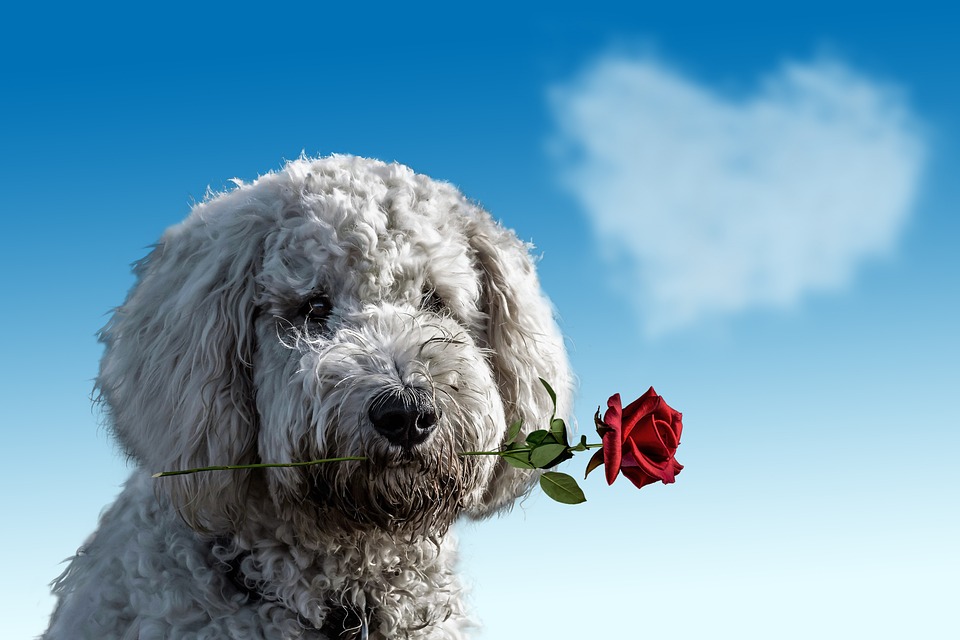Bringing a new puppy into your home can be an exciting and rewarding experience. However, one of the first challenges you’ll face as a new puppy owner is house training. Teaching your furry friend where and when to do their business is essential for a harmonious living environment. In this ultimate guide, we will walk you through the step-by-step process of house training your puppy, along with some frequently asked questions to help you navigate this important training period.
Understanding the Basics of House Training
Before we dive into the specifics, it’s important to understand the basics of house training. Puppies have a natural instinct to keep their living area clean, but they need guidance to generalize this behavior to your home. House training involves teaching your puppy to control their bladder and bowel movements, and to associate specific areas or cues with going to the bathroom.
Establishing a Routine
Consistency is key when it comes to house training your puppy. Establishing a routine helps them understand when and where they should eliminate. Follow these steps to create a solid routine:
1. Set a Feeding Schedule: Feed your puppy at the same times every day, and remove their food between meals. This will help regulate their bathroom habits.
2. Take Frequent Bathroom Breaks: Puppies have limited bladder control, so take them outside frequently, especially after meals, naps, playtime, or waking up.
3. Choose Designated Bathroom Areas: Pick specific spots in your yard where you want your puppy to go, and consistently lead them to those areas.
4. Use Cues: Choose a specific phrase, such as “go potty” or “do your business,” and use it consistently when you take your puppy outside to eliminate.
Positive Reinforcement and Rewards
Positive reinforcement is a powerful tool when it comes to house training. Dogs respond well to rewards and praise, so use them to your advantage. Here are some tips to reinforce good behavior:
1. Praise and treats: When your puppy eliminates in the correct spot, immediately praise them and offer a small treat as a reward. This positive reinforcement reinforces the desired behavior.
2. Timing is Crucial: Reward your puppy immediately after they finish eliminating, so they associate the reward with the act itself.
3. Consistency: Be consistent with your rewards and praise. This will help your puppy understand what they did correctly and what you expect from them.
Dealing with Accidents
Accidents are bound to happen during the house training process. It’s important not to scold or punish your puppy for accidents, as this can create fear and confusion. Instead, follow these steps:
1. Clean Thoroughly: Accidents should be cleaned up promptly and thoroughly, using an enzymatic cleaner specifically designed for pet messes. This will eliminate any lingering odors that might attract your puppy to the same spot again.
2. Ignore the Accident: Avoid drawing attention to the accident or scolding your puppy. They won’t associate the scolding with the act itself, and it may hinder the training process.
Frequently Asked Questions (FAQs)
Q: How long does it take to house train a puppy?
A: House training duration varies from puppy to puppy. On average, it can take anywhere from a few weeks to several months. Consistency, routine, and positive reinforcement are key to expediting the process.
Q: How often should I take my puppy outside to eliminate?
A: Puppies have small bladders and need to eliminate frequently. As a general guideline, take your puppy outside every 1-2 hours, especially after meals, naps, playtime, or waking up.
Q: What should I do if my puppy has an accident indoors?
A: Stay calm and clean up the accident promptly. Avoid scolding or punishing your puppy, as it may hinder the training process. Instead, focus on reinforcing good behavior and preventing future accidents.
Q: Can I use pee pads or indoor training systems for house training?
A: While pee pads or indoor training systems can be used as a temporary solution, it’s best to transition your puppy to outdoor elimination as soon as possible. These indoor options may confuse your puppy and prolong the training process.
Remember, patience and consistency are key when house training your puppy. With time, effort, and positive reinforcement, your furry friend will learn the ropes and become a well-behaved member of your household. Happy house training!









